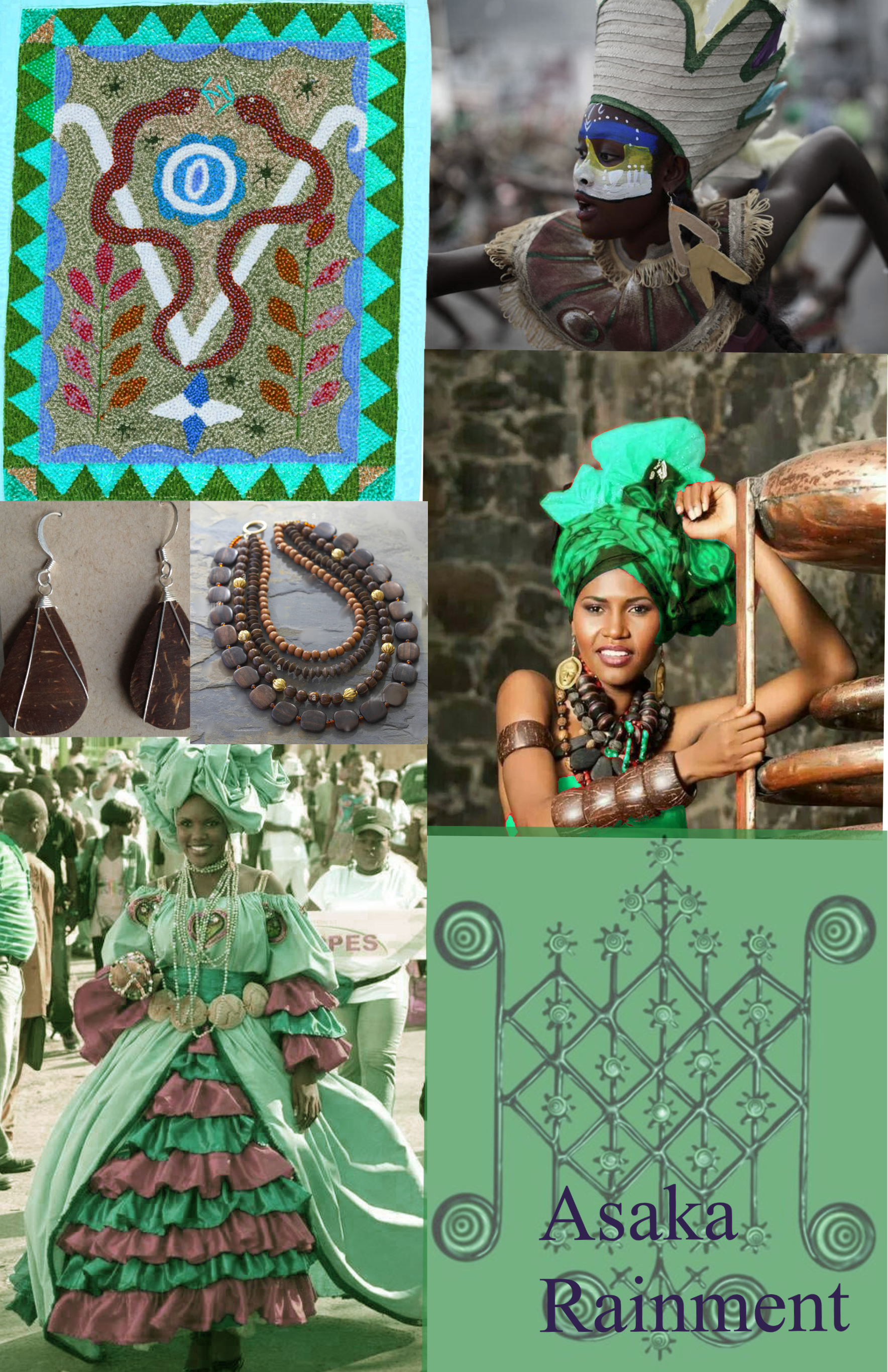Prologue
Village
Pantomime
Gossip
Ball
At the Gate
Once on this Island
“Once on This Island” is a 1990 musical by Lynn Ahrens and Stephen Flaherty that retells the story of Hans Christian Anderson’s “The Little Mermaid”, setting it in the Caribbean. The story follows Ti Moune, a girl found orphaned after a storm and raised on the poor side of a Caribbean island called in the text only ‘The Jewel of the Antilles’ but heavily implied to be Haiti. Those living on the poor side of the island are dark skinned, while those on the other side, the ‘Beauxhommes’, are lighter skinned and affluent. The four gods of the island, Agwe, Asaka, Erzulie, and Papa Ge, are the primary drivers of the story and come up with a wager that sets the story in motion: What is stronger, Love or Death? To this end, they contrive to have Ti Moune save Daniel, a boy from the rich side of the island, by offering up her life for his. Once she has nursed him back to health she follows him back to the hotel his family owns, where she and Daniel enjoy a romantic interlude. Unfortunately, Daniel is already engaged to a woman from his side and Ti Moune is cast aside. When given the choice to take back Daniel’s life and save her own, she chooses to die and love wins the wager.
The first thing I sought to establish when designing this show was the aesthetic difference between the rich and poor sides of the island. It was important to me that the design highlight the similarities between these two groups and not just their differences. I decided early on that the central palette between would be the same, centering around pink, blue, green and purple with only Ti Moune in solid yellows. The only major difference is that the poor side uses bright, saturate shades while the rich side leans more towards duller and darker shades. The primary difference, then, is in cultural influence: while the poor side draws on folk and traditional clothing from Haiti and neighboring islands the rich side is firmly derived from 1920s France. The motifs, flowers and materials on both sides of the divide reflect the flora and fauna of the Caribbean, with the peasants in polished wood necklaces and hibiscus and the Beauxhommes in pearls and orchids.
As the primary drivers of the action, I next considered how to make the four gods stand out from the human characters around them, not only when in their full raiment but also when the script calls for them to act as peasants or hotel guests. For this reason the gods each have their own color that dominates their costumes: blue for Agwe, green for Asaka, pink for Erzulie and purple for Papa Ge. The only other character kept in monotone is Ti Moune in her yellows. They also all wear face paint inspired by Haitian Carnivale and have each of them a gold symbol that repeats for each of their costumes: Agwe has a nautilus shell, Asaka a sheaf of rice, Erzulie and plumeria flower, Papa Ge a skull-topped cane.
I have striven here to create a complete fantasy world that is still recognizably Caribbean. Both the peasants on their side and the Beauxhommes on theirs belong to the same island and have a shared history, something that I sought to convey through my design. While this is certainly a musical about love, I believe it is also a story of community.





































































